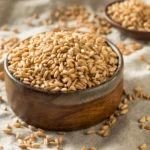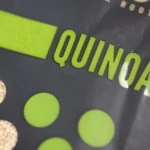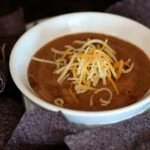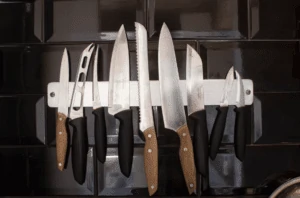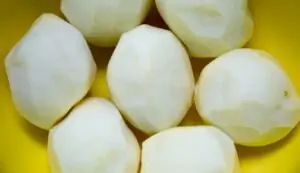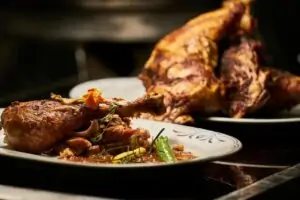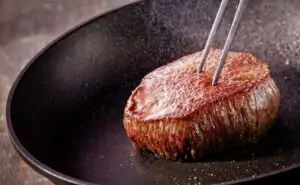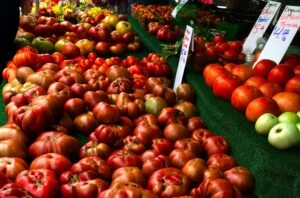What is a colander used for? A colander is a big round bowl-shaped kitchen tool with holes to drain and rinse various foods like meat, vegetables, and pasta. Not to be confused with a strainer, a colander usually has bigger holes and a base stand. Colanders may or may not have handles on each side.
Why Is a Colander Important?
Since there are many draining tools found in the kitchen, some people substitute a colander with things like a food strainer, sieve, or chinois. However, there is a main reason why you need to have a separate colander on top of other draining paraphernalia.
Colander holes are bigger and more appropriate for larger cuts of food and draining other stuff that might have a lot of dirt and bigger debris to rinse away. Though some colanders don’t have big holes, the holes are still larger than those found in a mesh strainer and chinois.
What Is a Colander Used For?
A colander is a vital part of the kitchen. It is not only used to drain or rinse but also has some ingenious uses as well. So, what is a colander used for? Utilize your colander the best way through these tips:
Colanders Can Prevent Flies
If food containers do not come with a lid, fret not. Simply turn a clean colander upside down and cover the food with your inverted colander. This is a fantastic way to keep flies away and maintain the sanitation of your food.
Maintains the Freshness of Produce
There are many hacks when storing fresh produce. Grapes, berries, and other delicate produce items can have a long-lasting fridge life if placed in a colander instead of a container. The holes in the colander allow air to move around the produce. Because there is better circulation, moisture will be minimized. Losing that excess moisture prevents the fruits and vegetables from getting moldy and going bad faster.
Use the Colander as a Steamer Basket Substitute
This is only applicable for a metal colander. Do not use a plastic colander as a steamer basket; otherwise, the plastic will melt. When using a colander as a steamer basket, fill half of it with vegetables. Steam in a pan. Do not forget to monitor the water level frequently. Do not let the pan become dry, and add more water if needed.
Sift Baking Ingredients
Baking comes easy if you have a colander at hand. Colanders with small to medium-sized holes can also function as a flour sifter. It helps break down clumps, leaving you with a fine powder for baking.
Protects You from Splatters
You don’t need to have a splatter screen to protect you when oil decides to fly out of the pan. A metal colander can do the job. Just turn the colander upside down and put it over the pan. The holes allow the steam to pass through but also protect you from splattering.
Snip Leaves Efficiently
A colander also functions as a stem removal device when cooking with herbs. If there are leaves you want to remove, insert the stem into one of the colander’s holes and pull the stem down. The pulling motion tears the leaves away from the stem in one swift motion.
Bathroom Storage Container
A colander has uses that are not in any way related to food. So, what is a colander used for if it is not food-related? As a storage container, of course! This may be odd due to its round and bowl-like shape.
However, a colander can prove to be a practical solution for storing bath toys and bath sponges. The holes allow the excess water to drain, preventing bacteria build-up due to excess moisture.
Different Materials Used for Colander
The various materials used also help determine what a colander is used for. Most colanders that we see nowadays are either made from stainless steel and aluminum or plastic. However, some colanders are made with silicone, enamelware, and ceramic materials.
When choosing the best colander, consider your cooking habits and the menu you are preparing. Hot and acidic foods are not recommended for plastic or aluminum colanders.
Additionally, do not buy a colander with an enamel coating or those with painted colors. You do not want these chemicals to mix with your food once they start to peel off.

